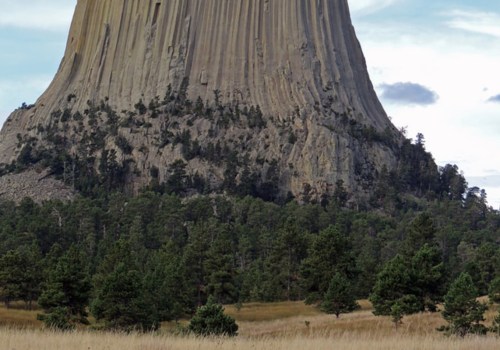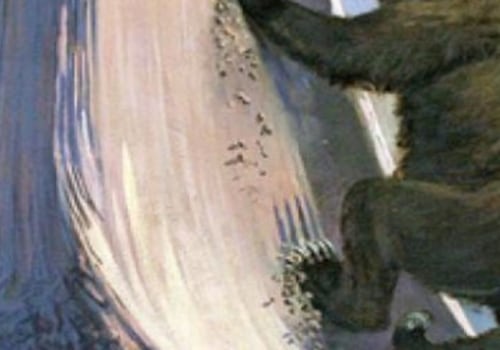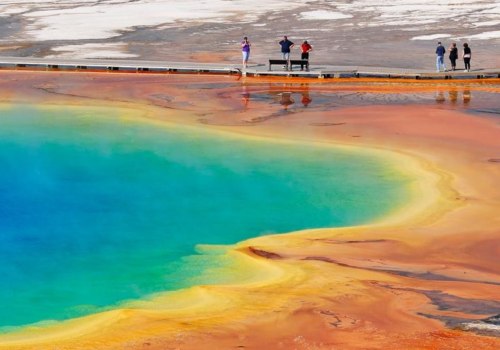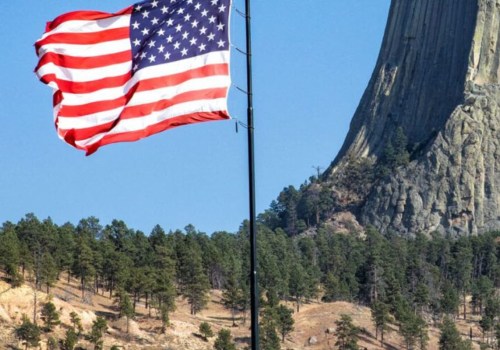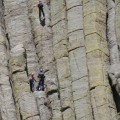Devils Tower National Monument is renowned for its remarkable display of basalt columns, which is a common formation of multiple rock columns. It is the largest example of a columnar junction in the world and competes with the articulated columnar exhibits at Fingal's Cave in Scotland and the Giant's Causeway in Ireland. On average, 55% of the columns have classic six-sided (hexagonal) shapes, which is higher than other basalt exhibitions with articulated columns around the world. The formation of Devils Tower is attributed to several factors, including the uniform composition of magma, the small size of the crystals, and the slow cooling process in a river canyon.
The most distinctive feature of this monument is its tall vertical columns that usually have 6 sides, but can range from 4 to 7 sides. It has also gained fame for its appearance in the movie Close Encounters of the Third Kind as the area where the alien “mothership” lands. Devils Tower is an eroded remnant of a lacolith, a butt or a volcanic neck. It is composed of a rare igneous rock called phonolite porphyry.
This type of rock is formed when molten lava cools quickly and crystallizes into a fine-grained texture. It is composed mainly of alkali feldspar and quartz, with minor amounts of mica and amphibole minerals. Devils Tower National Monument is an incredible geological formation that has been around for millions of years. Its unique rock composition and spectacular display of basalt columns make it one of the most remarkable natural wonders in the world.
